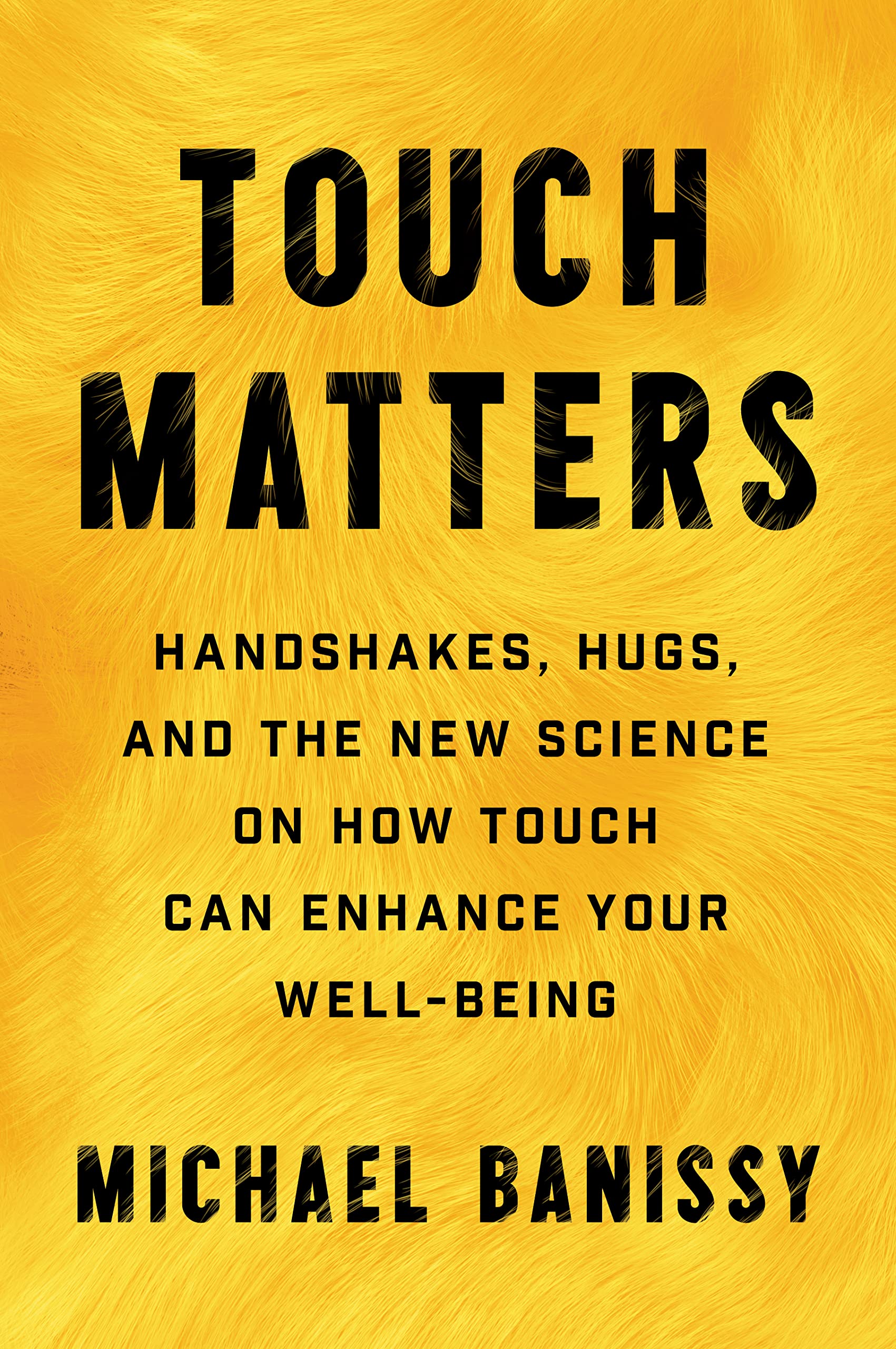Honestly, I nearly lost my mind this morning working on that tiny model ship. You know the kind, with all those crazy little details? I was trying to attach this stupidly small brass railing to the deck.
My fingers felt like sausages. I grabbed the tweezers, squeezed a tiny dot of glue on the deck, and went for it. Splotch! Glue everywhere except where it was supposed to be. I wiped it off, tried again. The rail slipped out of the tweezers and disappeared into the carpet abyss. Cue frustration. Deep breaths.
This happened a few times. Rushing, forcing it, getting madder each time. I stopped. I realized I was treating this detailed work like I was hammering a nail. Just brute force and speed. It wasn’t working. Obviously.
So, I Changed My Approach
First, I ditched the big blob of glue on the deck idea. Bad plan. Instead, I put a microscopic drop of glue onto a scrap piece of plastic. Like, barely visible.

- Dipped the very end of the rail, not the whole thing, into that glue drop.
- Used a different pair of tweezers – ones with a finer, more precise point – just to barely hold the rail. Barely touching it.
- Took another deep breath. Held it.
- Slowed way down. Like, slow-motion slow.
- Guided the glued end into place using the absolute lightest touch imaginable.
It was almost like not touching it at all. Just the faintest whisper of contact. And it stuck. First try. Perfectly placed, minimal glue mess. I stared at it. Couldn’t believe the difference.
Feeling bold, I tried this “fine touch” thing elsewhere.
- Sanding a small, curved piece of wood? Used just the very tip of my finger with the finest sandpaper, barely brushing it.
- Soldering a teeny wire? Applied the heat for only a fraction of a second longer than before and pulled away faster, lighter.
- Even painting thin lines? Barely touched the surface with the brush tip, letting the paint flow.
What Actually Changed
It wasn’t magic. It was control.
By slowing down and using that super light, deliberate touch:
- The glue stayed only where it needed to be. No mess.
- Pieces didn’t get launched across the room by my clumsy hands.
- Delicate parts? Didn’t bend or snap under pressure they didn’t need.
- Surfaces didn’t get gouged or scratched where I was handling them.
- The overall work just looked cleaner, sharper, more precise.
The kicker? It often ended up being faster in the long run. Seriously. Less time cleaning up glue blobs. Less time crawling around hunting for escaped parts. Less time re-doing things I messed up because I was heavy-handed.
The real lesson for me: Fine touch isn’t about being fancy or artistic. It’s practical. It’s about control and minimizing screw-ups. It saves time and sanity. It felt completely different – calmer, more deliberate. That frantic, frustrated feeling vanished. Work that felt impossible suddenly became just… doable. Slowing down my hands actually let me see the work better. I wasn’t just throwing force at a problem, I was actually interacting with the material.
I know it sounds simple. “Be gentle.” Duh. But seriously, consciously dialing down the pressure, focusing on that feather-light contact point? Game changer for fiddly stuff. I was underestimating how much pressure my normal “working hands” were applying. Won’t forget this morning’s struggle anytime soon. That feeling when the railing finally stayed put? Pure relief.

